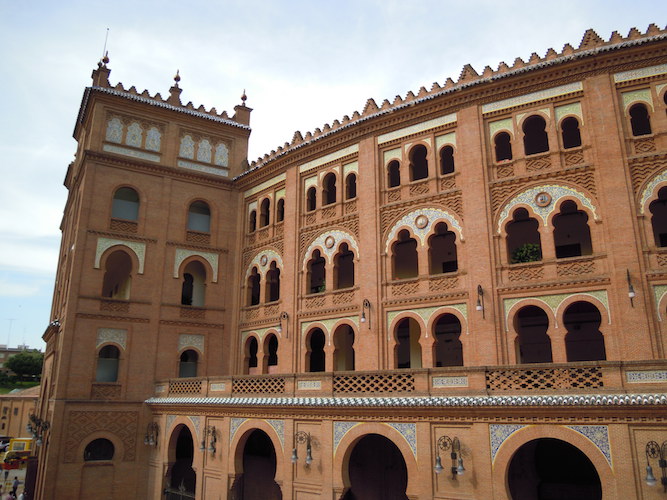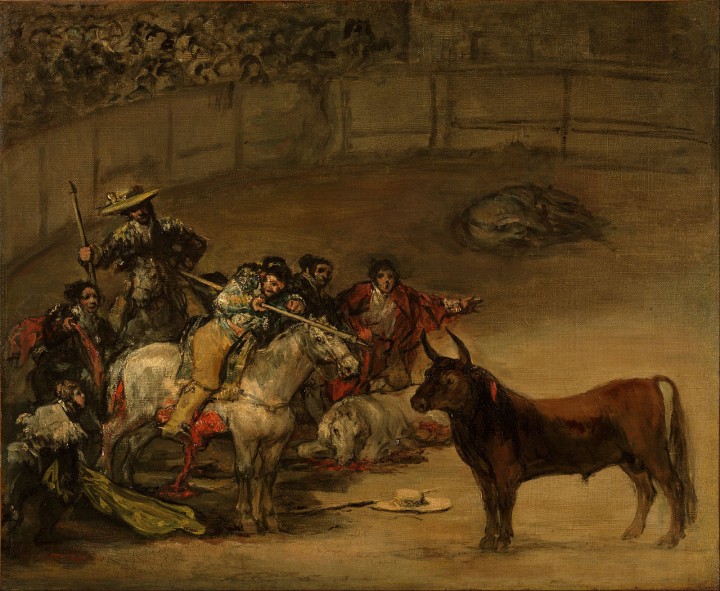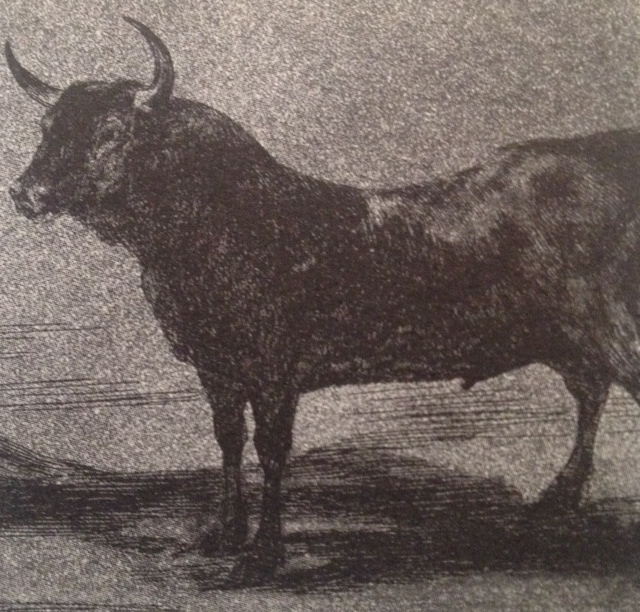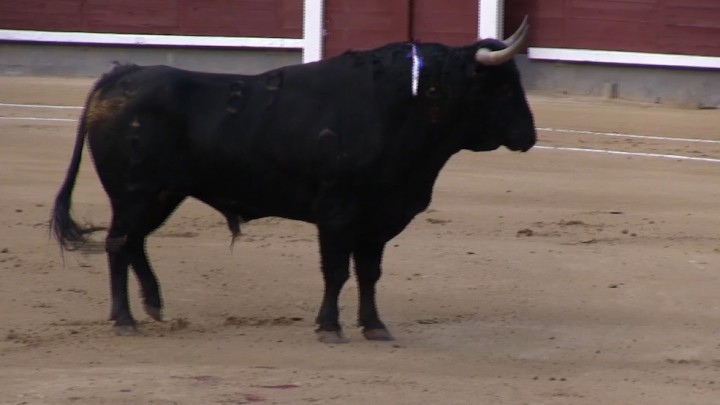One of the things that most impresses those who attend a bullfight for the first time is the stage of banderillas ( Tercio de Banderillas). It is brief, since it usually does not last more than five minutes, but very intense, because the man faces the bull without the protection of the cape or the muleta. It can also become an aesthetic experience, if the banderillero does his job well and the bull charges fiercely. However, it is not easy to understand its meaning and sense within the framework of the entire bullfight.
The main objective of the Stage of “Banderillas” is to prepare the bull for the next stage: The Stage of Muleta (Suerte de Muleta). The Stage of Varas is the phase in which the bull is lanced by the Picador in order to weaken it and prepare it for the Stage of Muleta (Suerte de Muleta). After being lanced the bull has lost its initial impetuosity , lowering its head and charging only just when it is provoked by the Matador. And now its aggressiveness must be a little bit awakened in order to equilibrate its strenght and be prepared to the stage of Muleta. The bull feels a sharp pain when the “Banderillas” have pierced its back and it Seems to regain his strength and fierceness
Three bullfighters’ assistants or sometimes the bullfighter him or herself jab the bull’s back with three pairs of “Banderillas”. The bull feels a sharp pain when the “Banderillas” have pierced its back.
In the chapter X of “Death In The Afternoon”, Hemingway wrote about the Stage of “Banderillas”, Providing very interesting data to better understand this important part of the Bullfight.
“Act two is that of the banderillas. These are pairs of sticks about a yard long, seventy centimetres to be exact, with a harpoon-shaped steel point four centimetres long at one end. They are supposed to be placed, two at a time, in the humped muscle at the top of the bull’s neck as he charges the man who holds them. They are designed to complete the work of slowing up the bull and regulating the carriage of his head which has been begun by the picadors: so that his attack will be slower, but surer and better directed. Four pair of banderillas are usually put in. If they are placed by the banderilleros or peones they must be placed, above all other considerations, quickly and in the proper position. If the matador himself places them he may indulge in a preparation which is usually accompanied by music. This is the most picturesque part of the bullfight and the part most spectators care for the most when first seeing fights. The mission of the banderilleros is not only to force the bull by hooking to tire his neck muscles and carry his head lower but also, by placing them at one side or another, to correct a tendency to hook to that side. The entire act of the banderillas should not take more than five minutes. If it is prolonged the bull becomes discomposed and the fight loses the tempo it must keep, and if the bull is an uncertain and dangerous one he has too many opportunities to see and charge men unarmed with any lure, and so develops a tendency to search for the man, the bundle, as the Spanish call him, behind the cloth when the matador comes out for the last act with the sword and muleta.”






